Under The Shadow is in the cinema from 11th – 17th November
Throughout the years the Horror genre has gone through various cycles. From the religious horror of the seventies with The Exorcist, to the the torture porn era of the noughties with Saw, the genre has gone through a lot of changes. This decade however we seem to be going through an ‘indie’ horror cycle. There has been at least one unique film in each subsequent year. This year there has been two, Robert Egger’s The Witch and now Babak Anvari’s Under the Shadow, both directorial debuts and both utterly terrifying.
Under the Shadow is set in 1980’s war torn Tehran where there are regular bombings from the neighbouring country of Iraq. It primarily follows Shideh, played by Narges Rashidi and her daughter Dorsa, played by Avin Manshadi who has to deal with living in this fractious city alone whilst the father has been called out to war. After a missile crashes into the apartment building and does not explode, there are whispers around the more religious side of the community that the missile has brought an evil presence, more specifically a Djinn. A Djinn is (according to Islamic culture) a supernatural creature and in the film it is later revealed that one of them may be haunting the family.
The central relationship between Shideh and Dorsa is vital to the film’s success. In fact the male character’s barely feature in this film which to be honest is pretty normal for a horror film. Shideh and Dorsa’s relationship is very complex and she is often exasperated by her daughter’s behaviour. There is a particularly uncomfortable fight between the two towards the end and at some points it seems like they are siblings rather than mother and daughter. The film echoes some of the themes explored in the 2014 film The Babadook which focused on a mother and a nightmare of a son. Both father figures are absent and the mother has to deal with raising a ‘difficult’ child in extraordinary circumstances.
For a genre that doesn’t get the accolades or the respect as say Crime or War films, you can usually count on a horror film to deliver a strong female character. From Sigourney Weaver’s Ellen Ripley in the Alien films, to Jodie Foster’s Clarice Starling in The Silence of the Lambs, Narges Rashidi’s Shideh is no exception. From the very beginning she wants a better more independent future for herself which she attempts by applying to go back to university. She is mainly rejected because of her political actions during the Cultural Revolution. She also seems to reject some of the more traditional aspects of Iran. Shideh barely wears a Hijab and most of the time tries to avoid wearing one at all costs. When she has to flee the apartment from the malevolent spirits haunting it, she forgets to wear one and is chastised by the local (male) authorities. Shideh is also academic and level headed and mostly denies the existence of Djinn, unlike some of her more religious neighbours who state that they are mentioned in the Quran and in that sense they are a force to be feared and respected.
The scares in Under the Shadow are traumatic to say the least. Yes it relies on atmosphere and tension but it does utilise the ‘jump scare’ quite a lot. In more mainstream horror, a ‘jump scare’ can be a lazy way to manipulate scares from an audience, however this film uses the technique in a more abrupt and aggressive manner. It seems these Djinn spirits are relentless in their pursuit of Dorsa and soon enough they become a very real and dangerous threat. Some of the horror scenes are pretty disturbing and have a hallucinatory, dream like feel to them. I must admit I said a lot of expletives to myself during the film.
There is a lot going on and with the combination of war and horror it makes for an oppressive experience. It uses some of the usual genre clichés, creepy children, dolls and monsters under the bed but it is a challenging and thought provoking film, thanks to its exploration of the themes of feminism, parenting and religion. Under the Shadow reinforces the idea that the genre is best kept at a low budget, the scares feel raw and authentic and there are hardly any CGI shots. If The Babadook was the best horror of 2014 and It Follows for 2015, then surely Under the Shadow is the best horror of 2016, let the ‘Indie’ cycle continue.
Ben Cherry
@FilmCherry
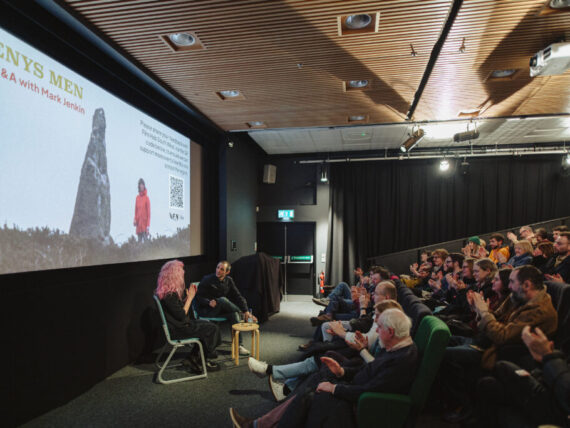

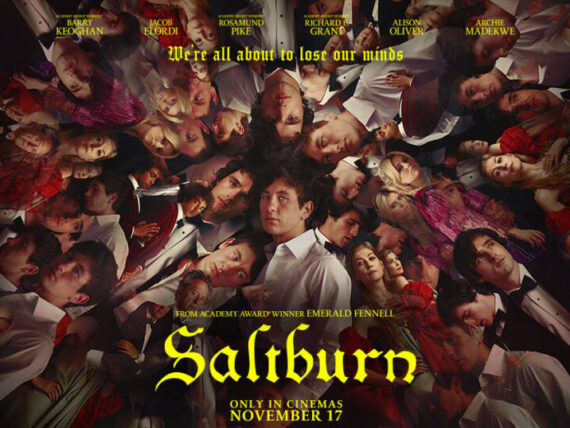

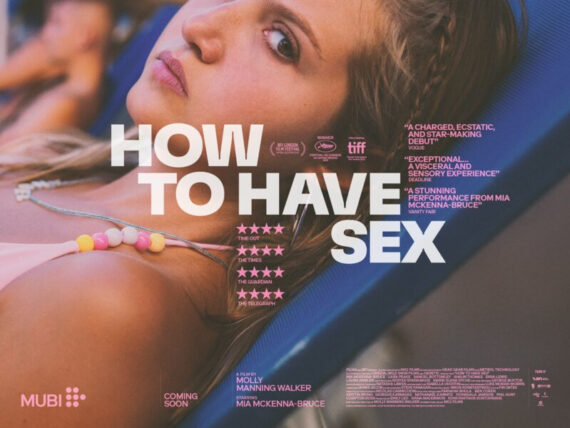
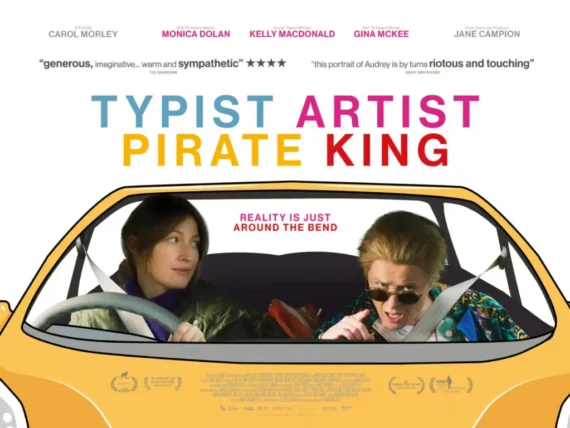
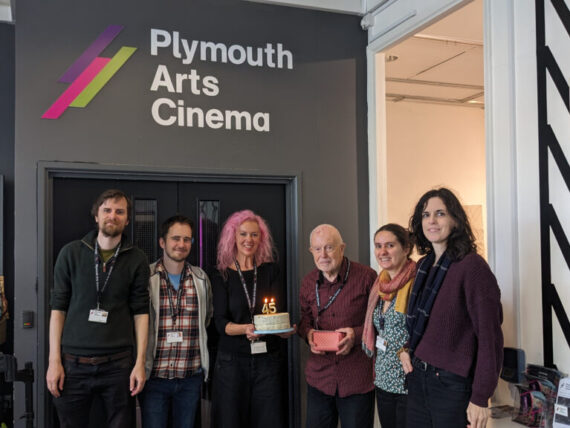

Comments
No comment yet.